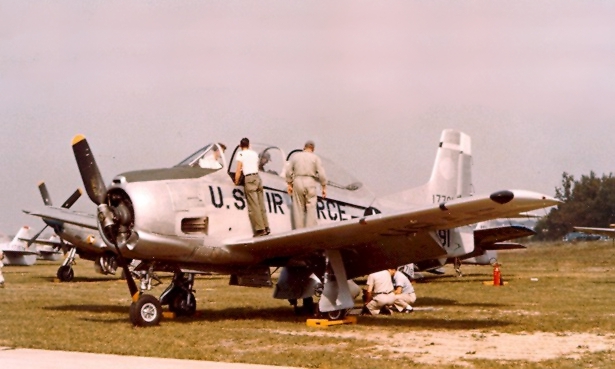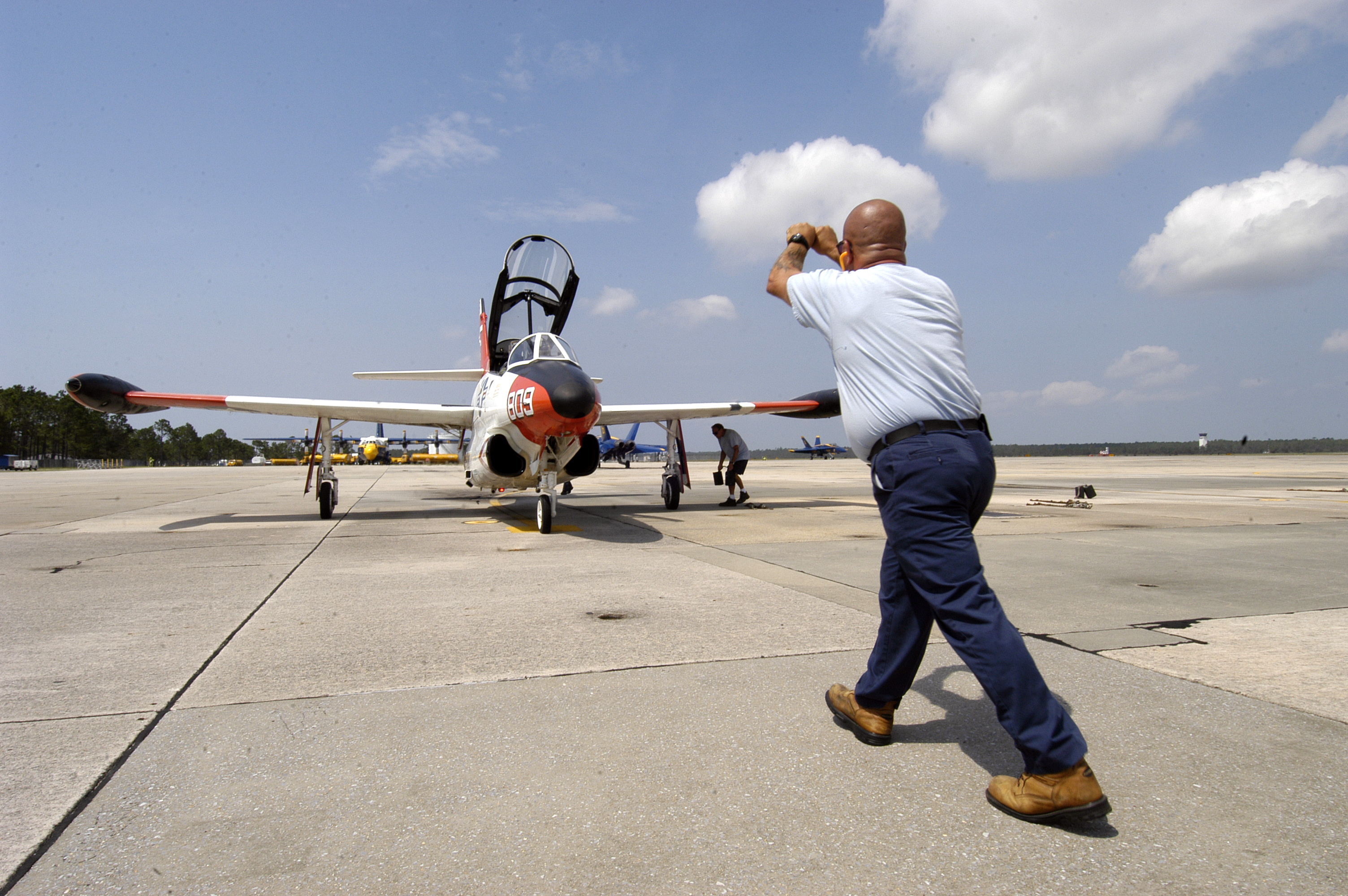|
CMH
John Glenn Columbus International Airport is an international airport located east of downtown Columbus, Ohio. Formerly known as Port Columbus International Airport, it is managed by the Columbus Regional Airport Authority, which also oversees operations at Rickenbacker International Airport and Bolton Field. The airport code "CMH" stands for "Columbus Municipal Hangar," the original name of the airport. John Glenn Columbus International Airport is primarily a passenger airport. It provides 148 non-stop flights to 31 airports via nine airlines daily. On May 25, 2016, the Ohio General Assembly passed a bill to rename the airport from Port Columbus International Airport to its current name, in honor of astronaut and four-term U.S. senator John Glenn. The name change was unanimously approved by the airport's nine-member board on May 24, 2016. Ohio Governor John Kasich signed the bill into law on June 14, 2016, with the name change becoming official 90 days later. On June 28, ... [...More Info...] [...Related Items...] OR: [Wikipedia] [Google] [Baidu] |
KCMH ATC Tower 1 in Bangkok, Thailand
{{disambiguation, callsign, airport ...
KCMH may refer to: * the ICAO airport code for John Glenn Columbus International Airport, outside Columbus, Ohio, United States * Kaohsiung City Music Hall in Kaohsiung, Taiwan * KCMH (FM), a radio station (91.5 FM) licensed to Mountain Home, Arkansas, United States * King Chulalongkorn Memorial Hospital King Chulalongkorn Memorial Hospital (KCMH, th, โรงพยาบาลจุฬาลงกรณ์; ) is a public general and tertiary referral hospital in Bangkok, Thailand. It is operated by the Thai Red Cross Society, and serves as the ... [...More Info...] [...Related Items...] OR: [Wikipedia] [Google] [Baidu] |
John Glenn
John Herschel Glenn Jr. (July 18, 1921 – December 8, 2016) was an American Marine Corps aviator, engineer, astronaut, businessman, and politician. He was the third American in space, and the first American to orbit the Earth, circling it three times in 1962. Following his retirement from NASA, he served from 1974 to 1999 as a Democratic United States Senator from Ohio; in 1998, he flew into space again at age 77. Before joining NASA, Glenn was a distinguished fighter pilot in World War II, the Chinese Civil War and the Korean War. He shot down three MiG-15s, and was awarded six Distinguished Flying Crosses and eighteen Air Medals. In 1957, he made the first supersonic transcontinental flight across the United States. His on-board camera took the first continuous, panoramic photograph of the United States. He was one of the Mercury Seven, military test pilots selected in 1959 by NASA as the nation's first astronauts. On February 20, 1962, Glenn flew the ''Friendship ... [...More Info...] [...Related Items...] OR: [Wikipedia] [Google] [Baidu] |
Columbus, Ohio
Columbus () is the state capital and the most populous city in the U.S. state of Ohio. With a 2020 census population of 905,748, it is the 14th-most populous city in the U.S., the second-most populous city in the Midwest, after Chicago, and the third-most populous state capital. Columbus is the county seat of Franklin County; it also extends into Delaware and Fairfield counties. It is the core city of the Columbus metropolitan area, which encompasses 10 counties in central Ohio. The metropolitan area had a population of 2,138,926 in 2020, making it the largest entirely in Ohio and 32nd-largest in the U.S. Columbus originated as numerous Native American settlements on the banks of the Scioto River. Franklinton, now a city neighborhood, was the first European settlement, laid out in 1797. The city was founded in 1812 at the confluence of the Scioto and Olentangy rivers, and laid out to become the state capital. The city was named for Italian explorer Christopher Columbus. ... [...More Info...] [...Related Items...] OR: [Wikipedia] [Google] [Baidu] |
Bolton Field
Bolton Field is a public airport in Columbus, in Franklin County, Ohio, United States. It is a towered airport operated under the Columbus Regional Airport Authority. It is one of 12 general aviation reliever airports in Ohio recognized in the National Plan of Integrated Airport Systems (NPIAS) and is a reliever airport for John Glenn Columbus International Airport. Most U.S. airports use the same three-letter location identifier for the FAA and IATA, but Bolton Field is TZR to the FAA and has no IATA code. Bolton Field has been noted for being very annoying to local people . History Bolton Field opened on October 24, 1970, a day after Franklin County Common Pleas Court rejected a move by a nearby private airport (located on Darby Dan Farm) to stop it. Major Harry Charles Davidson, a WWII veteran residing in Groveport, Ohio, was the first airport manager at Bolton Field. Major Harry Charles Davidson was appointed by Mayor of Columbus, Jack Sensenbrenner. The airport is named af ... [...More Info...] [...Related Items...] OR: [Wikipedia] [Google] [Baidu] |
T-28 Trojan
The North American Aviation T-28 Trojan is a radial-engine military trainer aircraft manufactured by North American Aviation and used by the United States Air Force and United States Navy beginning in the 1950s. Besides its use as a trainer, the T-28 was successfully employed as a counter-insurgency aircraft, primarily during the Vietnam War. It has continued in civilian use as an aerobatics and warbird performer. Design and development On September 24, 1949, the XT-28 (company designation NA-159) was flown for the first time, designed to replace the T-6 Texan. The T-28A arrived at the Air Proving Ground, Eglin Air Force Base, Florida, in mid-June 1950, for suitability tests as an advanced trainer by the 3200th Fighter Test Squadron, with consideration given to its transition, instrument, and gunnery capabilities. Found satisfactory, a contract was issued and between 1950 and 1957, a total of 1,948 were built. Following the T-28's withdrawal from U.S. military service, a numb ... [...More Info...] [...Related Items...] OR: [Wikipedia] [Google] [Baidu] |
North American Aviation
North American Aviation (NAA) was a major American aerospace manufacturer that designed and built several notable aircraft and spacecraft. Its products included: the T-6 Texan trainer, the P-51 Mustang fighter, the B-25 Mitchell bomber, the F-86 Sabre jet fighter, the X-15 rocket plane, the XB-70, the B-1 Lancer, the Apollo command and service module, the second stage of the Saturn V rocket, and the Space Shuttle orbiter. Through a series of mergers and sales, North American Aviation became part of North American Rockwell, which later became Rockwell International, and is now part of Boeing. History Early years On December 6, 1928, Clement Melville Keys founded North American as a holding company that bought and sold interests in various airlines and aviation-related companies. However, the Air Mail Act of 1934 forced the breakup of such holding companies. North American became a manufacturing company, run by James H. Kindelberger, James H. "Dutch" Kindelberger, who had bee ... [...More Info...] [...Related Items...] OR: [Wikipedia] [Google] [Baidu] |
North American F-100 Super Sabre
The North American F-100 Super Sabre is an American supersonic jet fighter aircraft that served with the United States Air Force (USAF) from 1954 to 1971 and with the Air National Guard (ANG) until 1979. The first of the Century Series of USAF jet fighters, it was the first USAF fighter capable of supersonic speed in level flight. The F100 was designed by North American Aviation as a higher-performance follow-on to the F-86 Sabre air-superiority fighter. Adapted as a fighter-bomber, the F-100 was superseded by the high-speed Republic F-105 Thunderchief for strike missions over North Vietnam. The F100 flew extensively over South Vietnam as the air force's primary close air-support jet until being replaced by the more efficient subsonic LTV A-7 Corsair II. The F100 also served in other NATO air forces and with other U.S. allies. In its later life, it was often referred to as the "Hun", a shortened version of "one hundred". Design and development In January 1951, North Ame ... [...More Info...] [...Related Items...] OR: [Wikipedia] [Google] [Baidu] |
North American A-5 Vigilante
The North American A-5 Vigilante was an American carrier-based supersonic bomber designed and built by North American Aviation (NAA) for the United States Navy. Prior to 1962 unification of Navy and Air Force designations, it was designated the A3J Vigilante.Wagner 1982, p. 361. Development of the A-5 had started in 1954 as a private venture by NAA, who sought to produce a capable supersonic long distance bomber as a successor to the abortive North American XA2J Super Savage. It was a large and complex aircraft that incorporated several innovative features, such as being the first bomber to feature a digital computer, while its ability to attain speeds of up to Mach 2 while carrying a nuclear strike payload was also relatively ambitious for the era. The US Navy saw the value of such a bomber, leading to a contract for its full development and production being issued to the firm on 29 August 1956. The type performed its first flight just over two years later, on 31 August 1958. ... [...More Info...] [...Related Items...] OR: [Wikipedia] [Google] [Baidu] |
T-2 Buckeye
The North American T-2 Buckeye was the United States Navy's intermediate training aircraft, intended to introduce U.S. Navy and U.S. Marine Corps student naval aviators and student naval flight officers to jets. It entered service in 1959, beginning the replacement process of the Lockheed T2V SeaStar, and was itself replaced by the McDonnell Douglas T-45 Goshawk in 2008. Design and development In 1956, the US Navy issued a requirement for a jet-powered basic trainer to replace its T-28 piston-engined aircraft. (Primary training for the US Navy remained the responsibility of the piston-engined Beechcraft T-34 Mentor while the jet-powered Lockheed T2V SeaStar provided more advanced training). North American Aviation won the US Navy's competition for the new training aircraft in mid-1956 with its NA-241 design.''Air International'' October 1973, pp. 163–164. North American's design, designated the T2J-1 by the US Navy, was a mid-winged monoplane with trainee and instructor sitting ... [...More Info...] [...Related Items...] OR: [Wikipedia] [Google] [Baidu] |
Columbus Regional Airport Authority
Columbus Regional Airport Authority (CRAA) oversees the operations of John Glenn Columbus International Airport, Rickenbacker International Airport, and Bolton Field airports in the Columbus metropolitan area, Ohio, Columbus metropolitan area. The Columbus Regional Airport Authority was created in 2003 when the Columbus Airport Authority merged with the Rickenbacker Port Authority. External linksColumbus Regional Airport AuthorityTransportation in Columbus, Ohio Airport operators of the United States Government of Columbus, Ohio References [...More Info...] [...Related Items...] OR: [Wikipedia] [Google] [Baidu] |
OV-10 Bronco
The North American Rockwell OV-10 Bronco is an American twin-turboprop light attack and observation aircraft. It was developed in the 1960s as a special aircraft for counter-insurgency (COIN) combat, and one of its primary missions was as a forward air control (FAC) aircraft. It can carry up to 3,200 lb (1,450 kg) of external munitions and internal loads such as paratroopers or stretchers, and can loiter for three or more hours. Development Background The aircraft was initially conceived in the early 1960s through an informal collaboration between W.H. Beckett and Colonel K.P. Rice, U.S. Marine Corps, who met at Naval Air Weapons Station China Lake, California, and who also happened to live near each other. The original concept was for a rugged, simple, close air support aircraft integrated with forward ground operations. At the time, the U.S. Army was still experimenting with armed helicopters, and the U.S. Air Force was not interested in close air support. The conc ... [...More Info...] [...Related Items...] OR: [Wikipedia] [Google] [Baidu] |
North American Sabreliner
The North American Sabreliner, later sold as the Rockwell Sabreliner, is an American mid-sized business jet developed by North American Aviation. It was offered to the United States Air Force (USAF) in response to its Utility Trainer Experimental (UTX) program. It was named "Sabreliner" due to the similarity of the wing and tail to North American's F-86 Sabre jet fighter. Military variants, designated T-39 Sabreliner, were used by the USAF, United States Navy (USN), and United States Marine Corps (USMC) after the USAF placed an initial order in 1959.North American T-39A Sabreliner ". |





%2C_in_July_1960.jpg)


